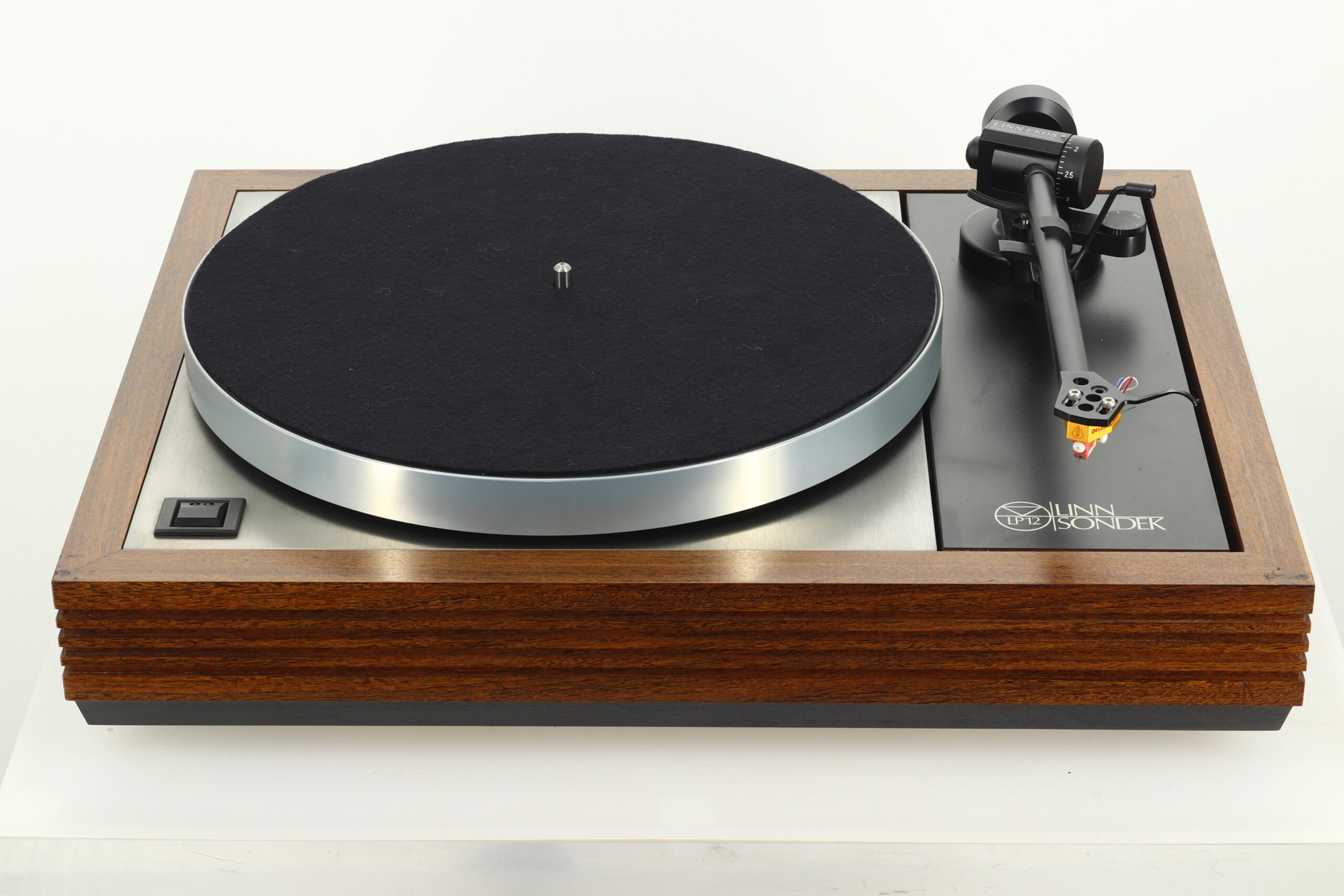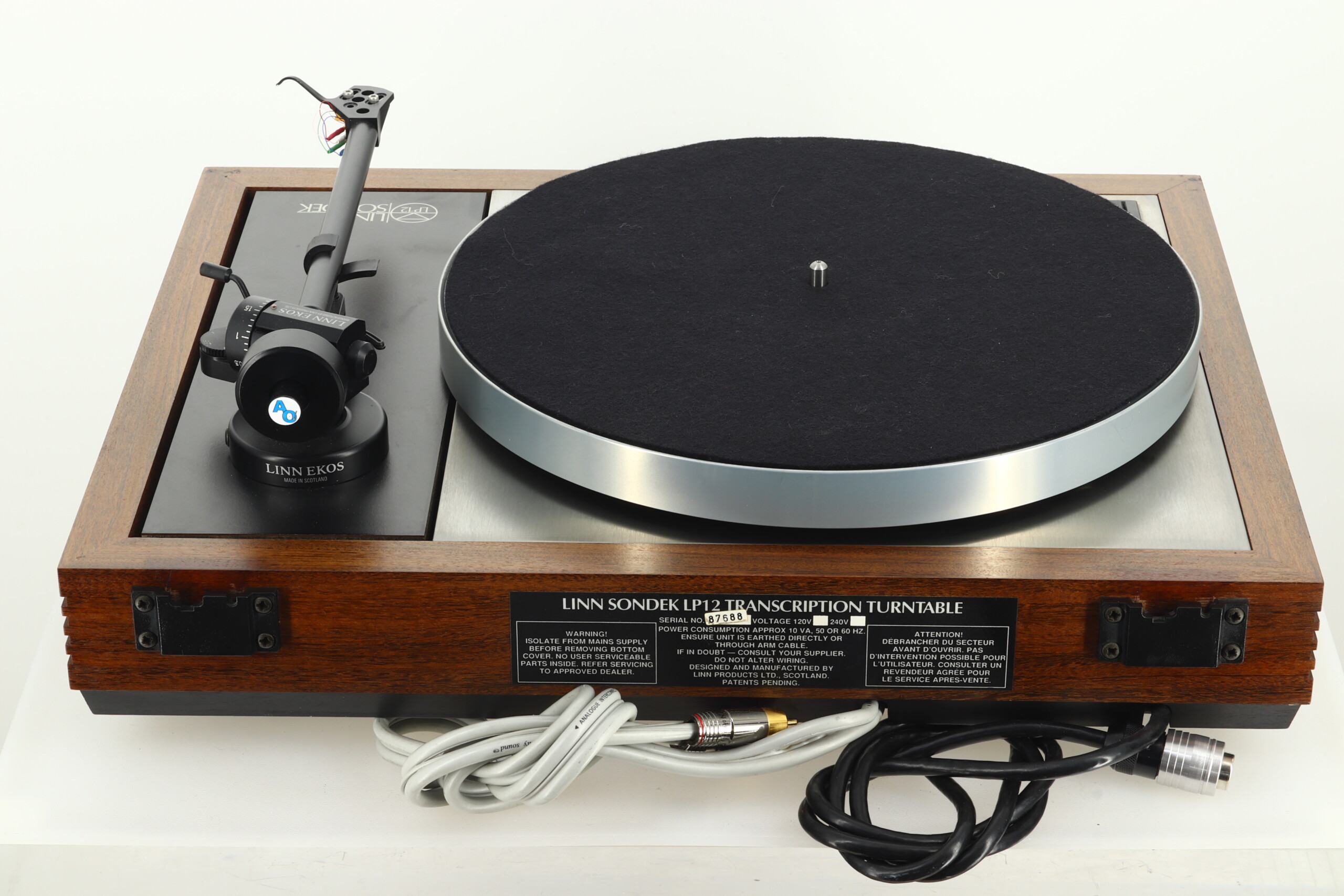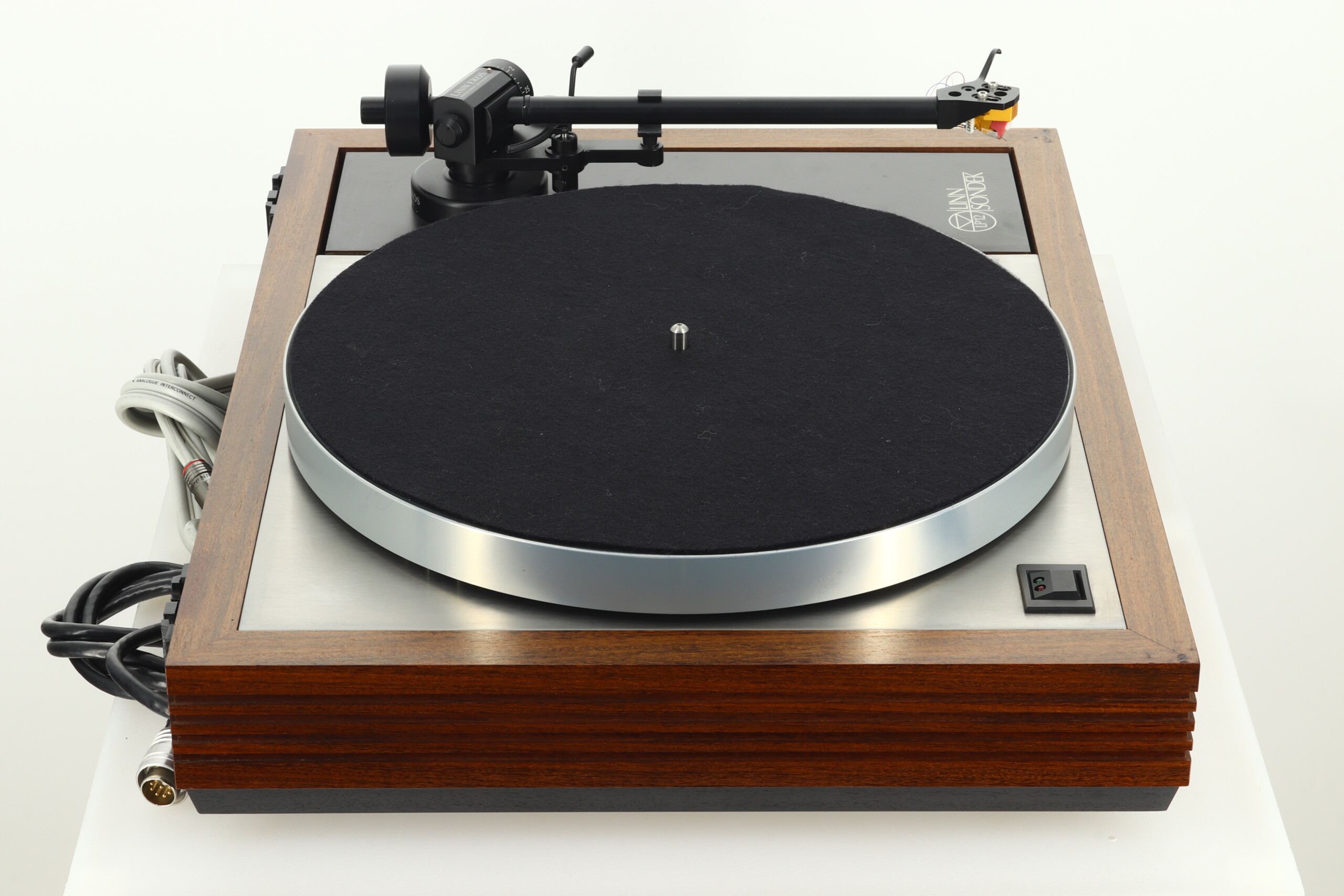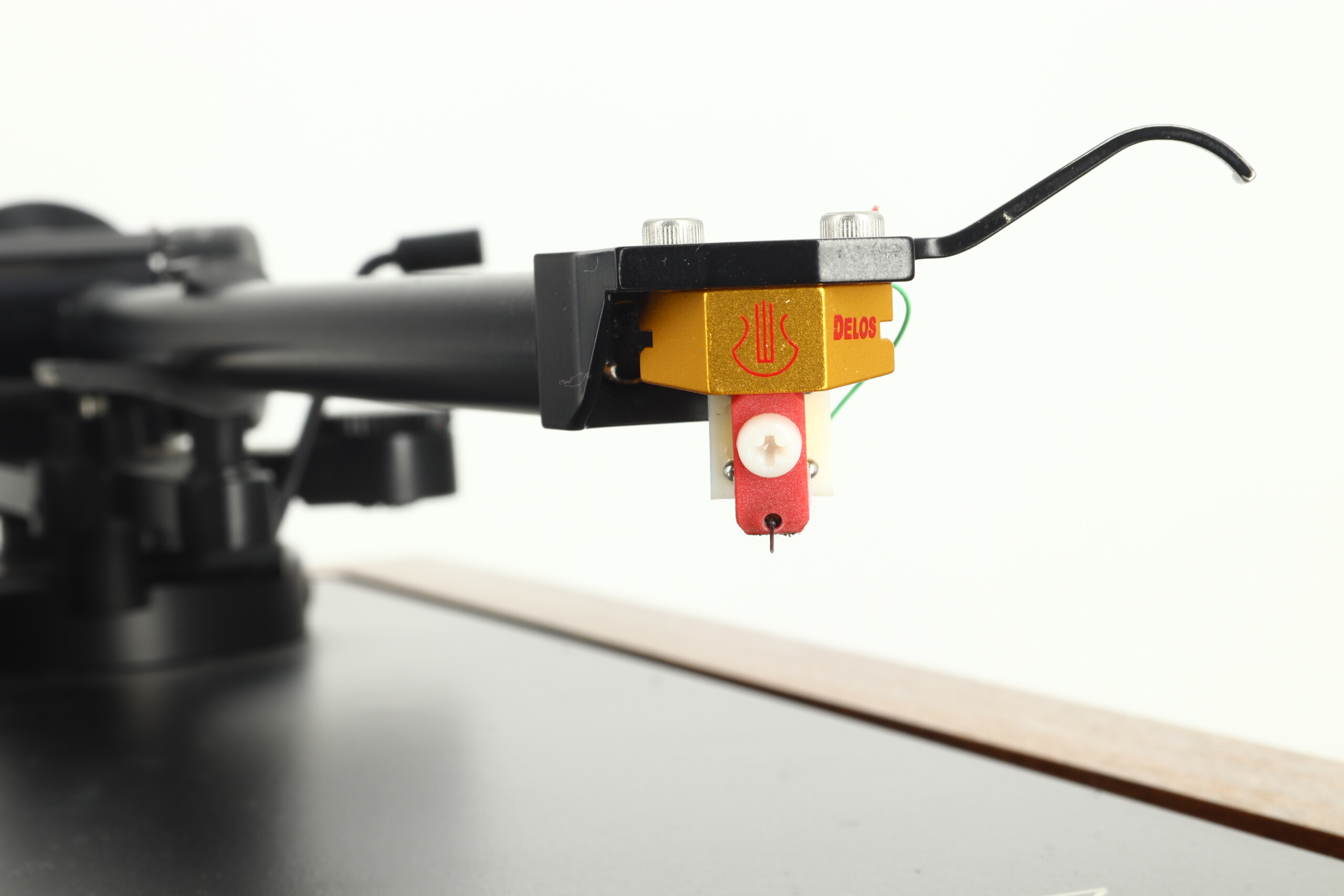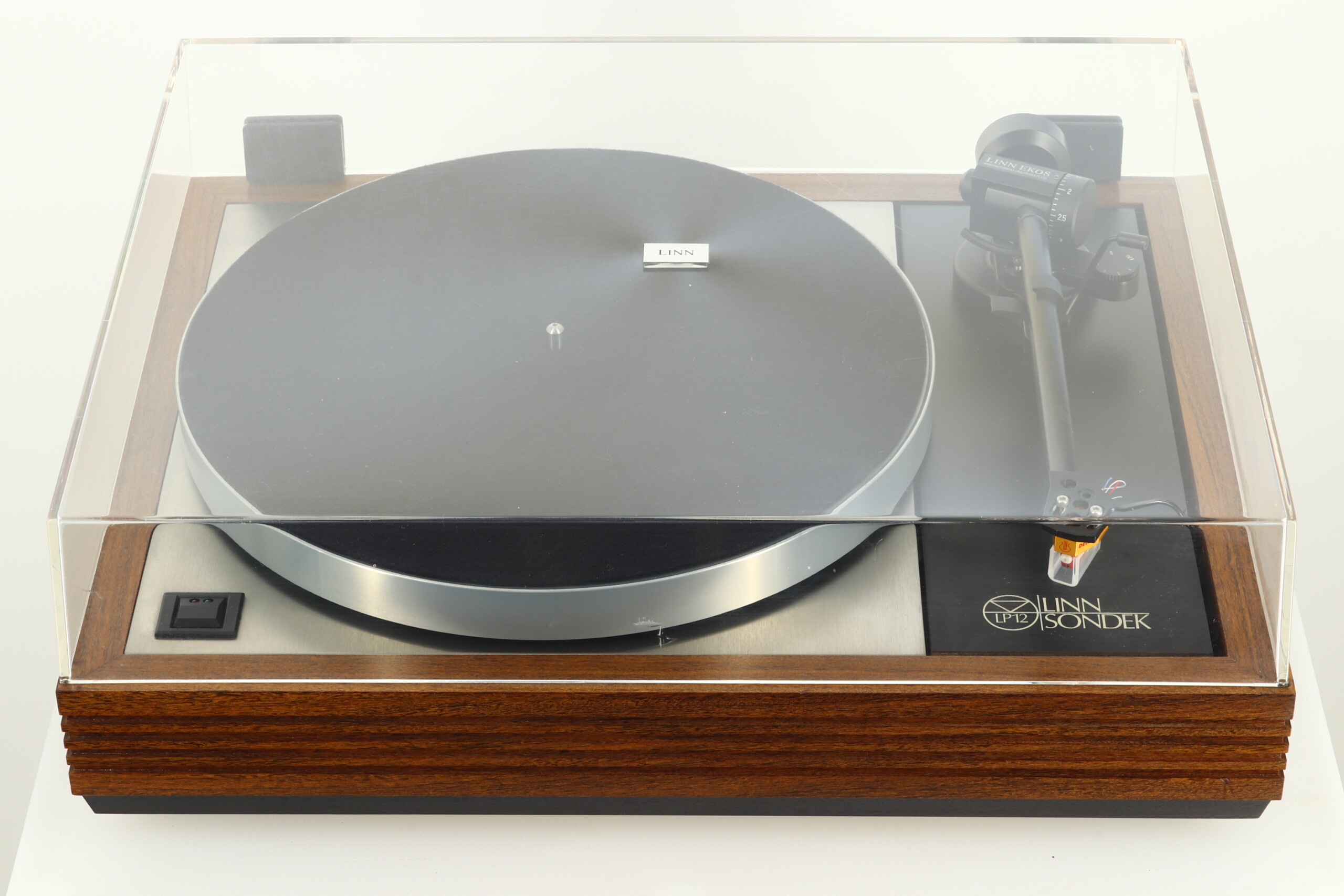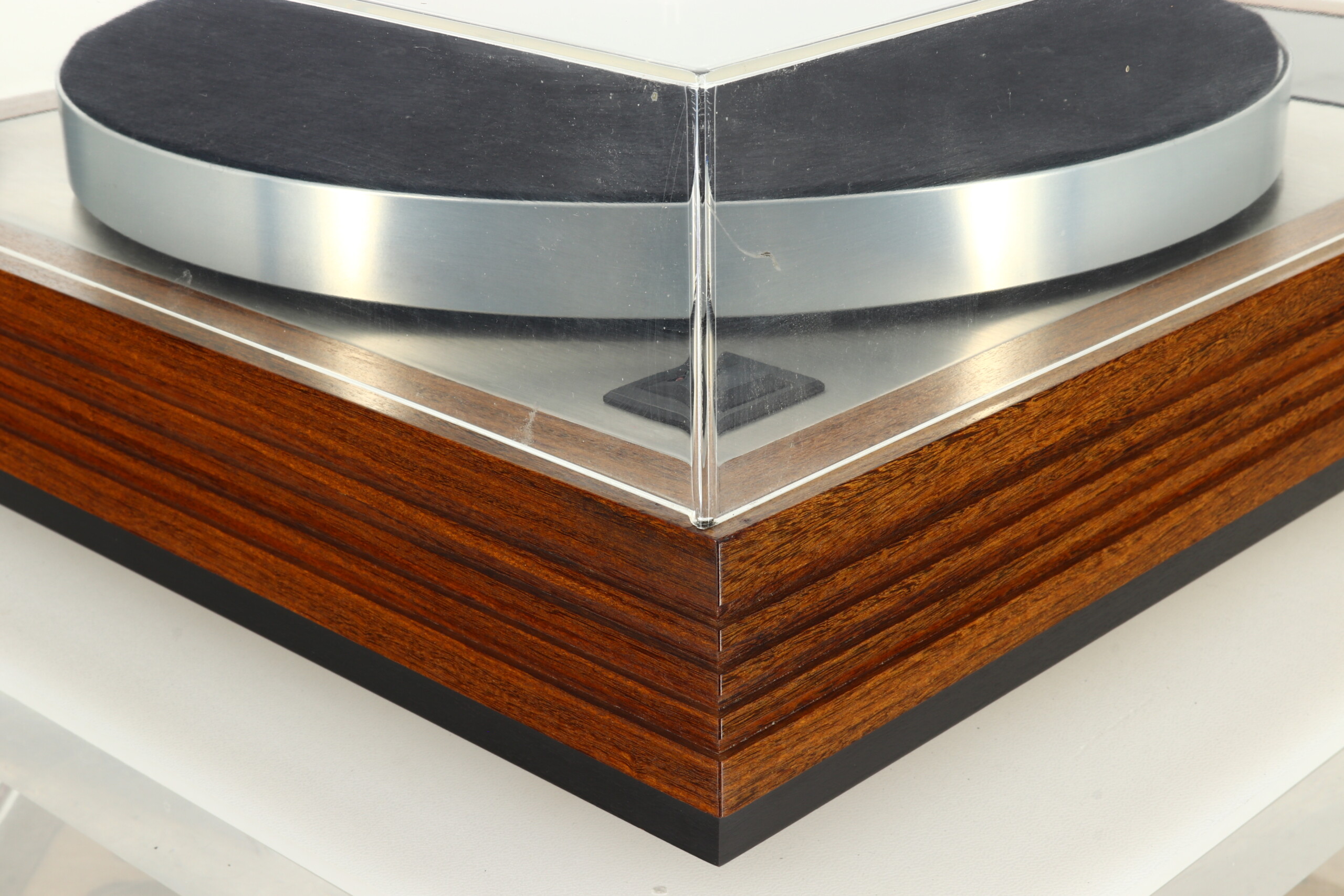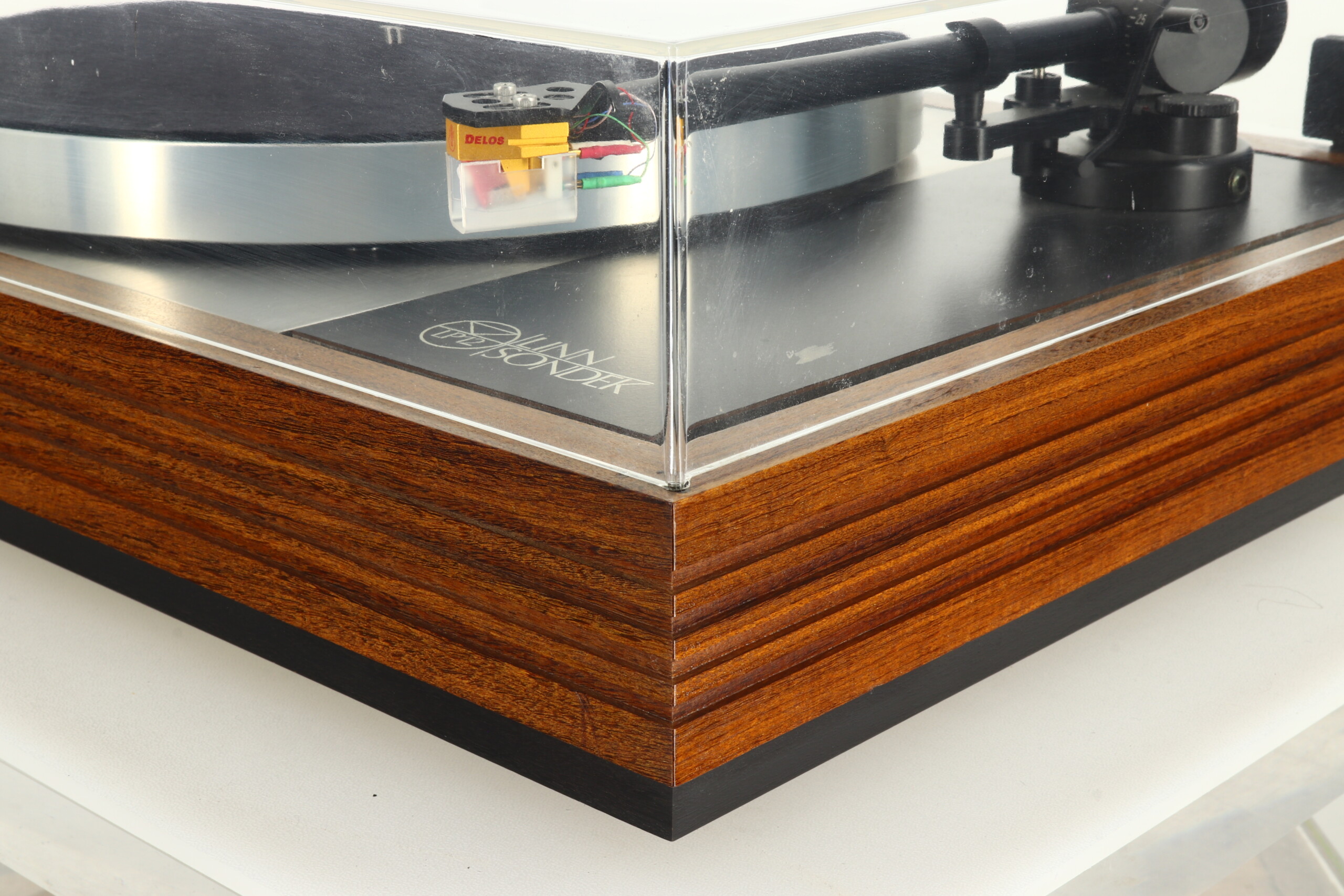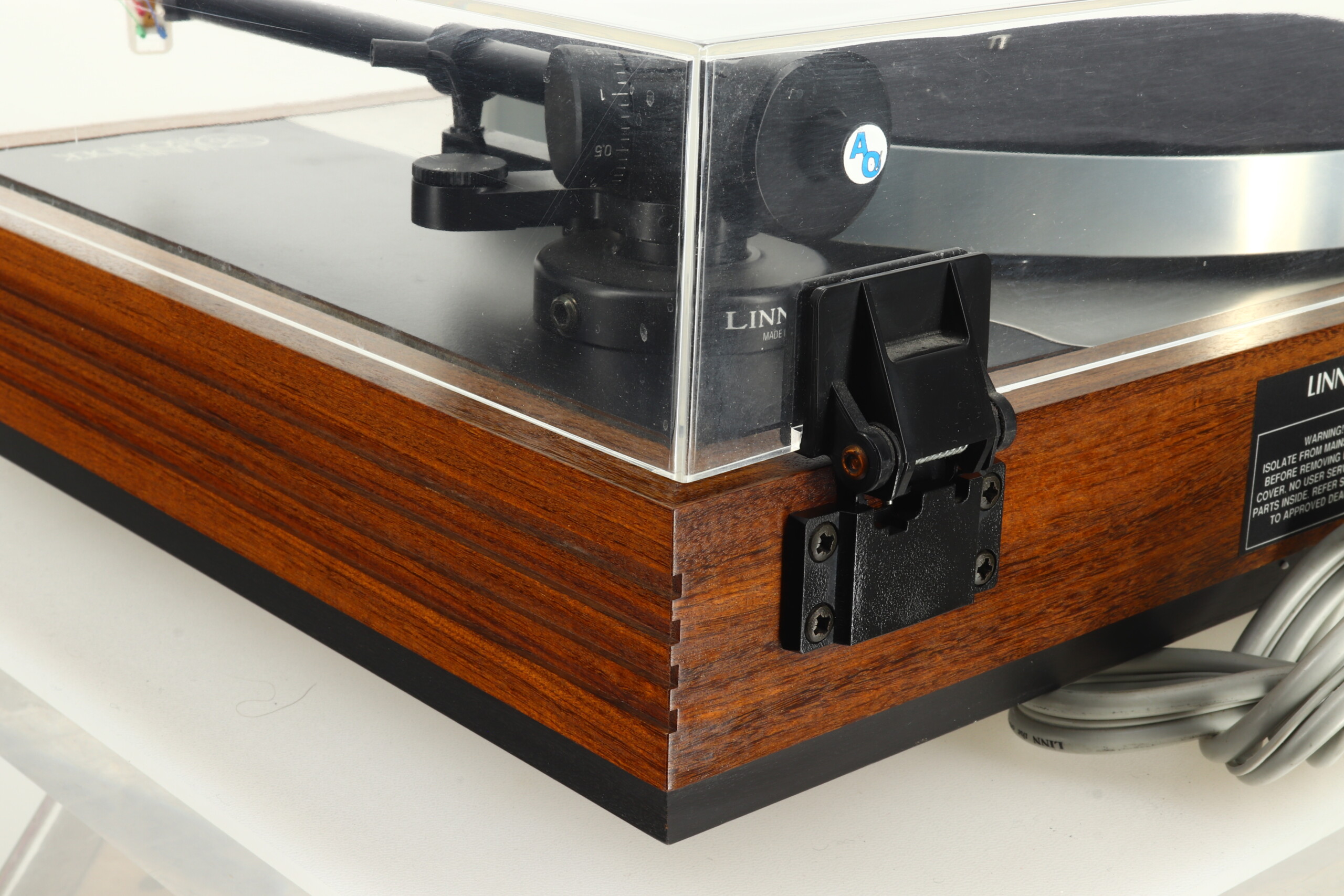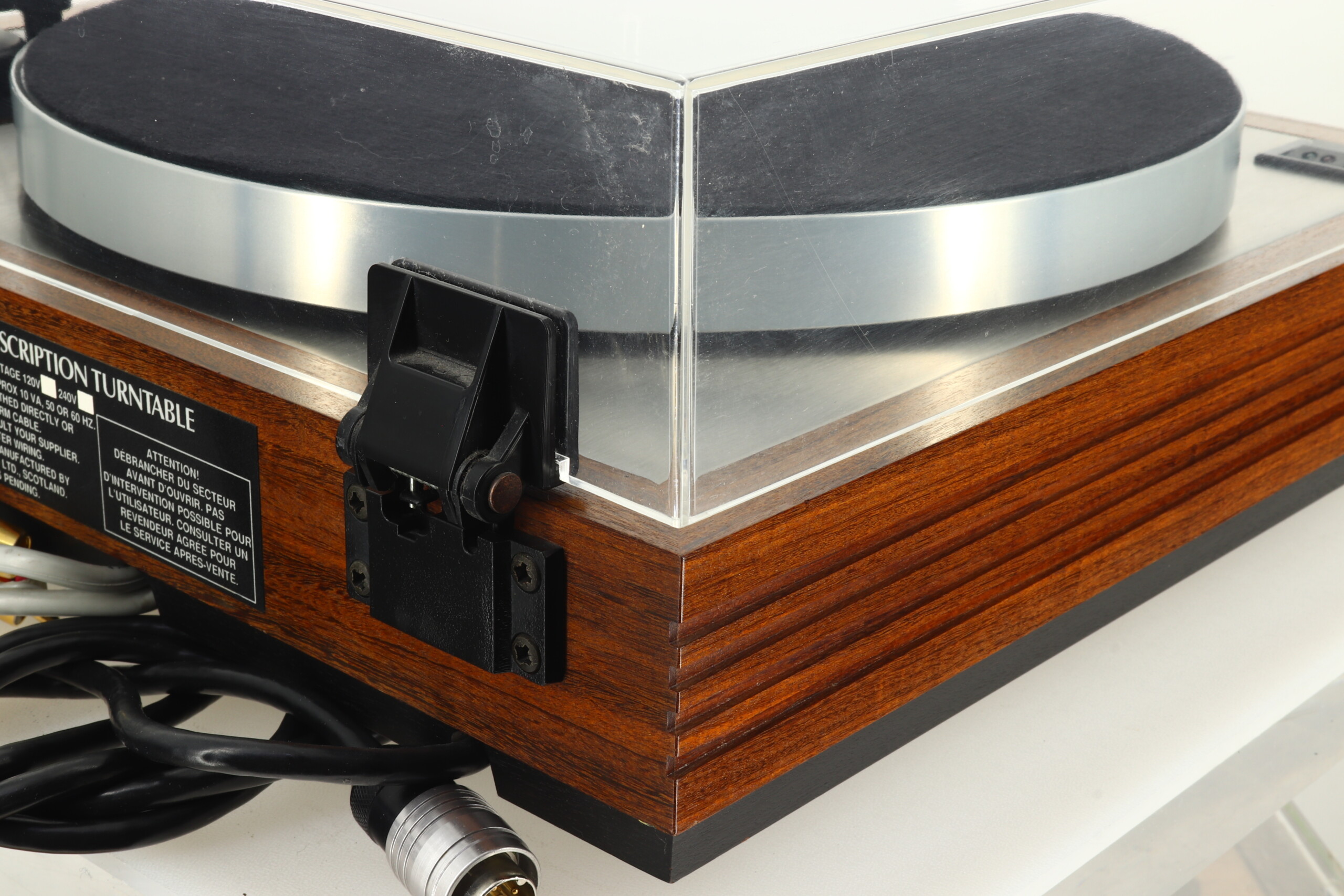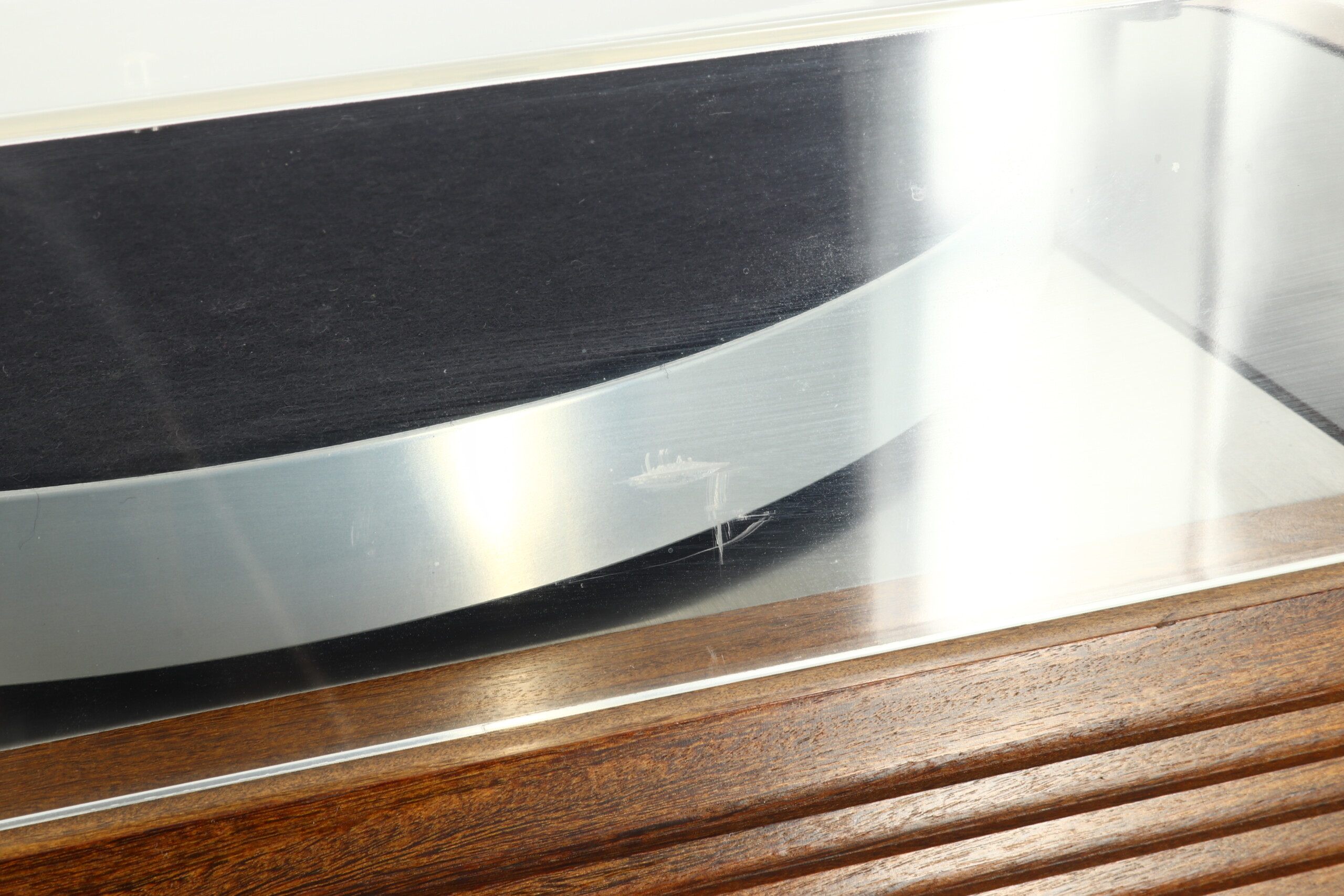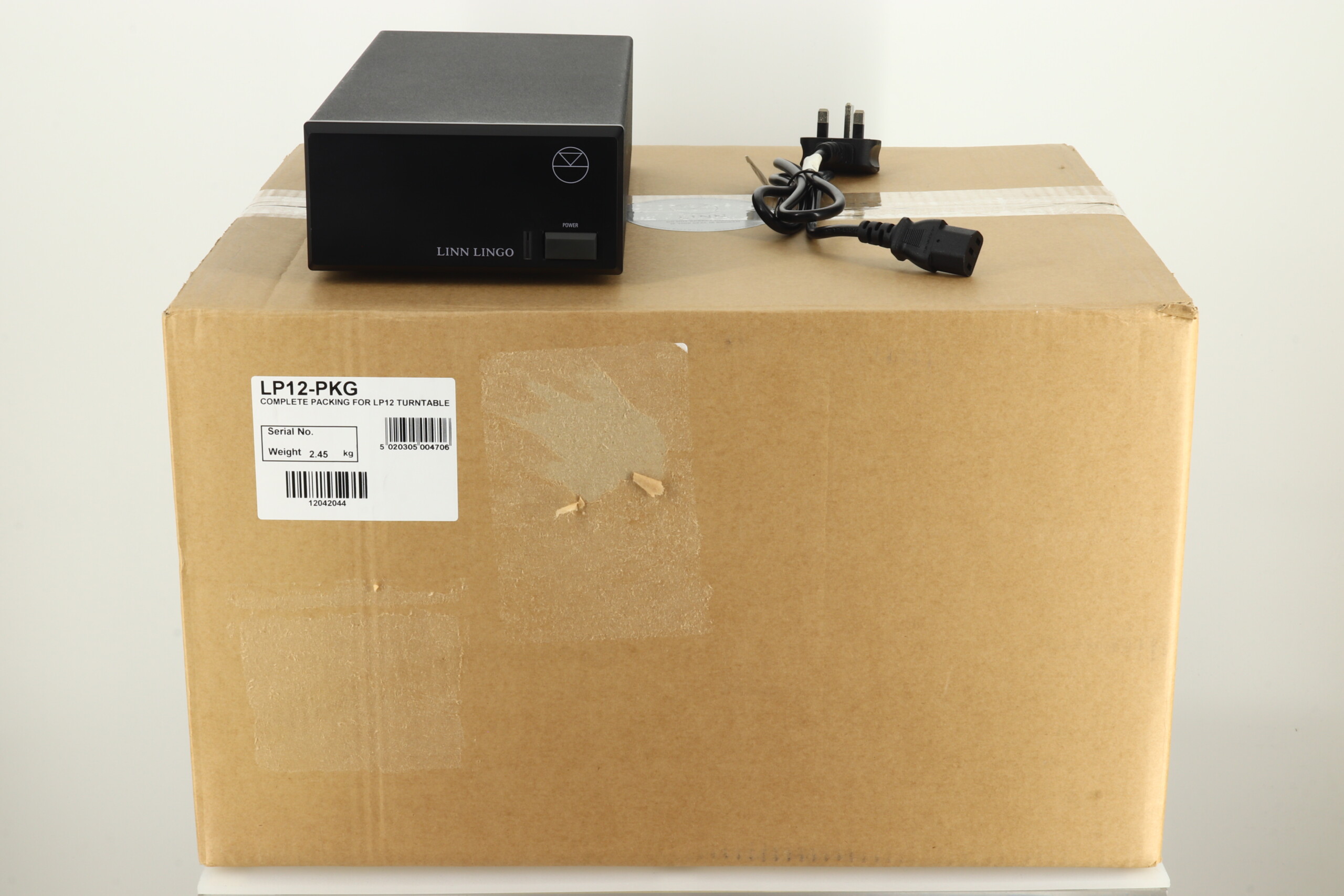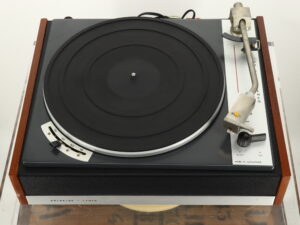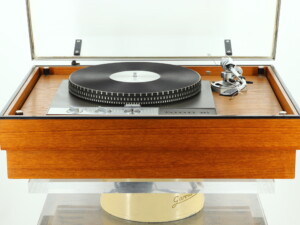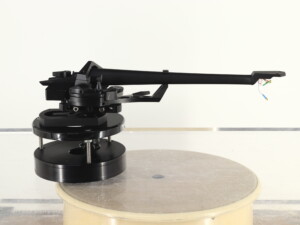Your basket is currently empty!
Linn LP12 Turntable – Afromosia / Lingo PSU / Ekos Tonearm / Lyra Delos Cartridge
£2,195.00
Manufacturer : Linn / Lyra
Model : LP12 / Lingo / Ekos / Delos
Serial Number : 87688/006262
Packaging : New Linn Replacement
Accessories Included : Mains Cable
Price When New :
Out of stock
Description
The classic Linn Sondek LP12 turntable is one of the oldest and most important audio components there is, and the fact that it still in production today, albeit with a few modifications along the way, says something about that original design. Our example is in the Afromosia finish, with a Lingo Power Supply Unit, Ekos tonearm, Lyra Delos Cartridge. It is in good working order but would of course benefit from a full service and set up. The plinth is in very good condition whilst the lid does have a few blemishes. It will be supplied in a new set of Linn packaging, with our normal three month warranty, but please note this doesn’t include the fitted cartridge.
Linn Say…
Linn Sondek LP12 Turntable:
Linn Products have always stated that the turntable is the most important part of a high fidelity system. If you don’t get a good signal off the record then it doesn’t matter how good the rest of your system is, the sound will be bad. When upgrading your system there is a strict hierarchy to observe. After the turntable, the next most important component is the arm, followed by the cartridge. Once the turntable system has been optimised, the next component to choose is the amplifier. Finally, the last link in the chain is the loudspeaker
The Linn Sondek LP12 reference transcription turntable has been setting the standards by which others are judged for over 30 years. Each component of the Sondek LP12 has been painstakingly developed to optimise information retrieval, because information lost at the source is lost forever, regardless of the amplifier or loudspeaker quality. Linn is involved in every stage of the record and playback process. We can therefore check the signal at each step of the hi-fi chain, which is why we know what makes the Sondek LP12 a very special turntable: its perfect speed accuracy at 33rpm and 45rpm, its immunity against acoustical feedback, its low noise main bearing with mirror finish, and our legendary precision manufacturing, all of which ensure the pitch accurate faithful reproduction of the original source.
Features:
Extremely low-noise patented main bearing
Perfectly balanced high inertia platter
Strong, solid kiln-dried wood plinth
Heavy gauge non-magnetic, brushed satin, stainless steel plate
Highly efficient 3 point spring damped suspension
24-pole precision synchronous low noise, high torque motor
Precision pulley and Neoprene flat belt
Specifications:
Type: Belt drive analogue turntable with 3-point suspension
Platter: 2 pieces, made of non-magnetic Mazak 8. Production tolerance 0.025 mm, optimal weight distribution
Platter Mat: Felt
Main Bearing: 1-Point bearing, mirror finish, oil bath
Suspension: 3-Point-Subchassis, 3 adjustable precision springs
Motor: High torque 24-Pole Synchronous motor, fully screened and mechanically decoupled from main bearing
Drive: Neoprene flat belt, concentric precision pulley (0.01 mm)
Speed Accuracy: 0.03%
Speeds: 33 rpm, 45 rpm
Power Consumption: 13 W
Dimensions: 445 (W) x D 356 (D) x 140 (H) mm – Approximately 70 mm required at rear and 250 mm above the unit to permit opening of lid
Weight: 10 kg
Lingo Power Supply:
Linn products have always said that the turntable is the most important part of a high fidelity system. If you don’t get a good signal off the record then it doesn’t matter how good the rest of your system is, the sound will be bad.
When upgrading your system there is a strict hierarchy to observe. After the turntable, the next most important component is the arm., followed by the cartridge. Once the turntable system has been optimised, the next component to choose is the amplifier. Finally, the last link in the chain is the loudspeaker.
At the heart of the Lingo are two very low noise crystal oscillators derived from the Linn Numerik digital recording system – one for 33 rpm and one for 45 rpm. The switch on the turntable selects the appropriate oscillator, whose output is fed into a synchronous counter to produce a 50 Hz or 67.5 Hz square wave for 33 rpm and 45 rpm respectively.
As the LP12 motor runs quietest when driven with a clean sinusoidal waveform, a precision filter is employed in the Lingo to remove harmonics from the square wave leaving only a pure sinusoid.
The most uniform torque is delivered from the motor when both phases are drive at ninety degrees with respect to one another. This is achieved by a ninety degree phase shift network after the filter. The two resulting sinusoids drive two high voltage Class A amplifiers, the outputs of which drive the two motor windings.
The Lingo uses stall detection circuitry to feed the motor with a higher voltage for increased start-up torque. When the platter reaches the selected speed, this load sensing circuitry reduces the power output. From then on, the motor just maintains the platters own inertia to keep it going silently.
A toroidal transformer on the PCD and a mains filter give a very high degree of electrical isolation from the mains voltage supply.
Dimensions: 157 (W) x 326 (D) x 75 (H) mm
Ekos Tonearm:
The Ekos is manufactured to very close tolerances. To follow are the main features of the arm:
Headshell is machined from a solid black of hi-strength aluminium alloy which is far stronger than any casting technique
Armtube is bonded to the headshell and the main body using an advanced adhesive
Bearing assembly is matched to tolerances of 1 micron
Lift/lower device is damped in both directions to eliminate unwanted vibration
Tracking weight and bias adjustment are similar to the Ittok, but the spring is made to a closer tolerance so the tracking weight can be set even more accurately
Uses the same telescopic arm mounting arrangement as the Ittok
Specifications:
Lateral Bearing Friction: < 20 mg
Horizontal Bearing Friction: < 20 mg
Effective Mass: 11.5 g
Tracking Weight Adjustment: 0 – 3 g
Cartridge Range: 3 – 9 g
Pivot to Stylus: 229 mm
Stylus Overhang: 18 mm
Effective Length: 211 mm
Lyra Say….
While vinyl records played back with an MC cartridge can sound exceptionally good, it is a surprising fact that the design of conventional MCs restricts the sound quality that can be achieved from LPs.
An essential factor for proper operation of an MC cartridge is the angle between the magnetic circuit, signal coils and core. Performance is optimal when the angles are all aligned, but any significant difference in the angles will cause the formation of a strong and directional flux that will flow constantly from the magnetic circuit into the signal core. This directional magnetic flux will orient the core toward a specific direction and make it impossible for the core to move with equal ease in all directions, which is necessary for proper cartridge performance.
Unfortunately, conventional MC cartridges have been designed so that the angles between magnetic circuit, signal coils and core become aligned only when tracking force is not applied. The result is that during playback, the required tracking force causes the angle between magnetic circuit, signal coils and core to become misaligned. This limits the cartridge’s resolution, tracking ability and dynamic range.
The new Lyra Delos is designed to conquer this problem. Compared to conventional cartridges, the Delos has a new body structure with an unusually shallow angle, and this has been paired with a unique asymmetrical damping system. When no tracking force is applied, the shape of the asymmetrical dampers forces the signal coils and core into a more upright angle than the magnetic circuit.
However, no tracking force applied means that the cartridge is not operating, and therefore any angular discrepancies between magnetic circuit, signal coils and core will have no effect on performance. When tracking force is applied, however, the force of the stylus pushing on the LP causes the asymmetrical dampers to be deformed into a symmetrical shape, and when this happens the angular discrepancies between magnetic circuit, signal coils and core all disappear. Since tracking force applied means that the cartridge is now operating, it should be clear that the design of the Delos is able to keep the angles between the magnetic circuit, signal coils and core aligned during playback.
Keeping the proper angular alignment prevents the formation of any strong and directional flux that could otherwise flow constantly from the magnetic circuit into the signal core and enables the Delos’ core to move with equal ease in all directions, for optimal performance.
The Delos also has a micro-ridge stylus on a boron cantilever for outstanding tracking, a non-parallel solid machined metal body for low resonances, and 6-N high-purity copper coils and nude construction for greater clarity. The result is clearly improved sound quality, particularly resolution, tracking ability, dynamic range, transient impact and immediacy.
Specifications:
Type: Medium weight, medium compliance, low-impedance moving coil cartridge
Stylus: Namiki micro-ridge line-contact nude diamond stylus (2.5um x 75µm), surface-mounted
Cantilever system: Solid boron rod with short one-point wire suspension, directly mounted into cartridge body
Body: Anodized aluminium
Coils: 3-layer deep, 6N high-purity copper, square-shaped permalloy former, 6.3 ohm self-impedance, 9.5 µH inductance
Output voltage: 0.6 mV @ 5 cm/sec., zero to peak, 45 degrees (CBS test record, other test records may alter results)
Frequency range: 10 Hz ~ 50 kHz
Channel separation: Greater than 30 dB at 1 kHz
Compliance: Approx. 12 x 10 cm/dyne at 100 Hz
Cartridge mounting screws: 2.6 mm 0.45 pitch JIS standard
Distance from mounting holes to stylus tip: 9.5 mm
Cartridge weight (without stylus cover): 7.3 g
Tracking force: 1.65 g – 1.75 g (1.72 g recommended)
Related products
-
Goldring Lenco GL70 Turntable / Nagaoka MP10 Cartridge
£525.00 -
Garrard 401 Turntable / SME 3009 Series II Tonearm
£1,395.00Original price was: £1,395.00.£1,295.00Current price is: £1,295.00. -
SME V Tonearm
£3,500.00Original price was: £3,500.00.£2,890.00Current price is: £2,890.00. -
SRM Tech Rega Upgrade and Service Kit
£50.00Original price was: £50.00.£40.00Current price is: £40.00.

